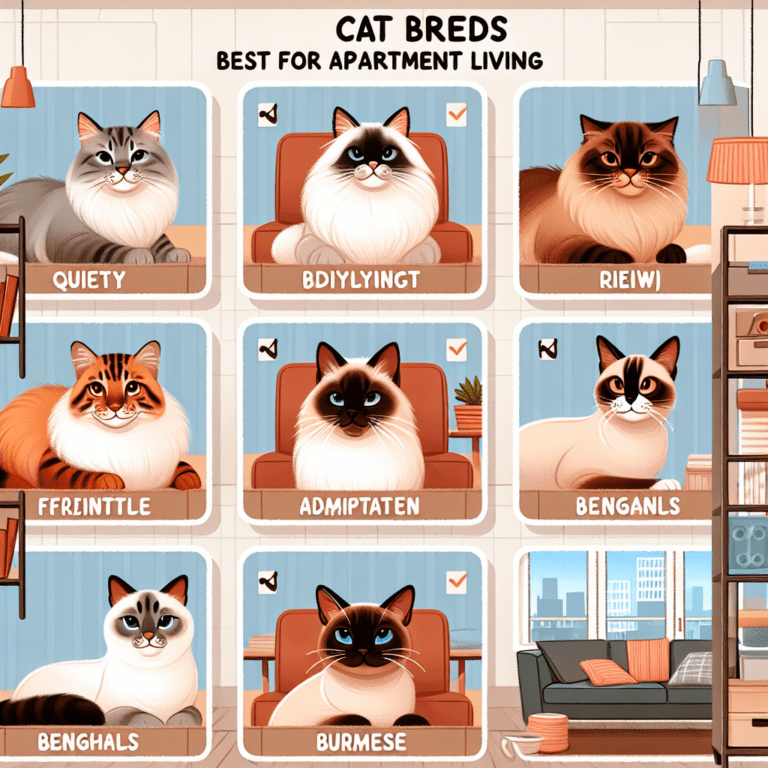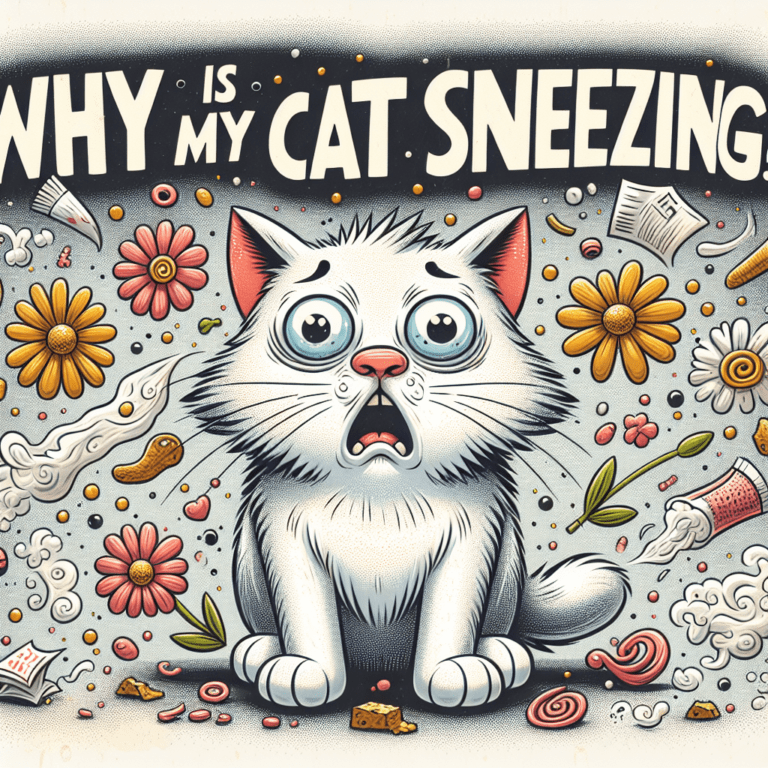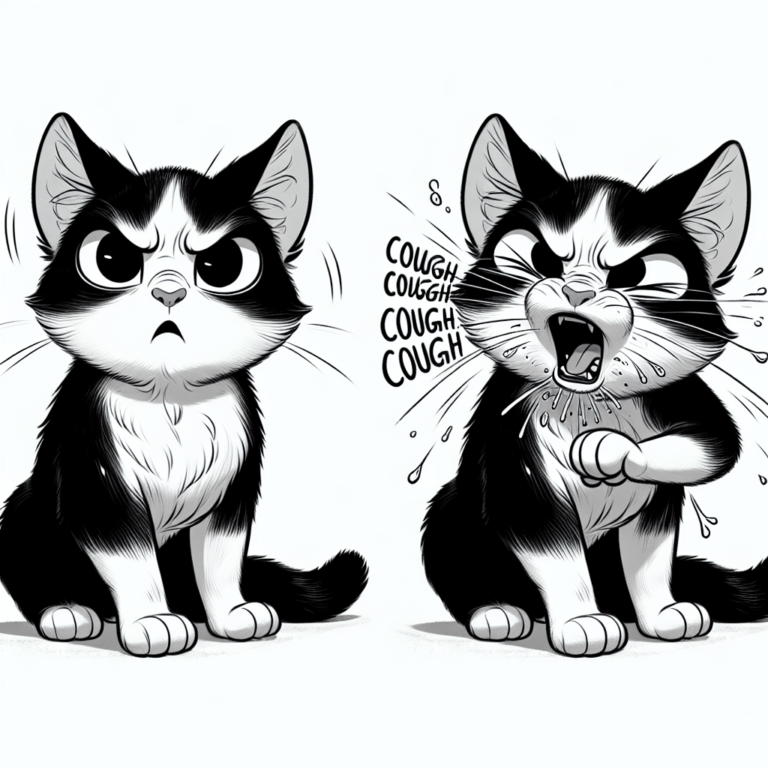
Understanding Your Feline Friend: What Changes in Eating Habits Mean
Cats, those mysterious creatures that twist and turn through our lives, often communicate their needs in ways that can seem puzzling. One of the most significant forms of communication comes from their eating habits. A shift in how much or what your cat consumes can signify anything from emotional shifts to health concerns. Gaining clarity on these changes can enhance your bond with your furry companion and help ensure they lead a happy, healthy life.
Features of Cat Eating Habits
Feline eating habits can vary significantly from one cat to another. Here are some features to pay attention to:
- Meal frequency: Some cats prefer grazing throughout the day, while others thrive on set meal times.
- Food preferences: Cats may develop a preference for specific textures or flavors, impacting their overall consumption.
- Response to human interaction: Your presence during feeding can influence how much they eat; some cats may eat more when you are nearby.
Understanding these features will help you interpret any significant shifts in your cat’s eating habits.
Overview of Changes in Eating Habits
Changes in eating habits can manifest in different ways.
- Increased appetite: A cat may start eating more, indicating metabolic changes or behavioral issues.
- Decreased appetite: A sudden drop in food intake may signal health concerns or stress.
- Picky eating: If your once-greedy cat suddenly turns its nose up at favorite foods, it warrants investigation.
Recognizing these patterns fosters better communication and care for your feline friend.
Why Changes Occur
Several reasons contribute to changes in a cat’s eating habits:
- Health issues: Dental disease, digestive disorders, or kidney problems can impact appetite.
- Emotional shifts: Changes in the home environment, like new pets or family members, can cause stress and affect eating.
- Age-related factors: Senior cats often experience shifts in metabolism, affecting their hunger levels.
Understanding the underlying reasons aids in monitoring your cat’s well-being.
Who Experiences Eating Habit Changes
Cats of every breed and age can experience shifts in their eating habits. Kittens may alter their diets as they transition from milk to solid food. Adult cats may face changes due to new environments or health issues. Older furry companions often deal with age-related adjustments, making it crucial for any cat owner to stay attuned to their eating behaviors.
What to Look For
Identifying specific signs is essential in understanding changes in eating habits:
- Weight fluctuations: Cats gaining or losing weight unexpectedly need assessment.
- Behavioral changes: Increased irritability or withdrawal can accompany changes in appetite.
- Physical signs: Check for issues like bad breath or oral pain that might discourage eating.
Being observant allows you to take proactive steps for your cat’s health.
Where to Seek Help
If your cat exhibits concerning changes in eating habits, determining where to seek help is vital.
- Veterinarian: A thorough examination by a veterinarian can rule out serious health issues.
- Nutritionist: Pet nutritionists can offer tailored feeding advice to suit your cat’s specific needs.
- Behaviorist: If changes relate to stress or behavioral problems, consulting a cat behaviorist can yield strategies for improvement.
Connecting with these professionals will enhance your ability to care for your cat effectively.
When to Intervene
Timing is critical when responding to shifts in your cat’s eating habits. Consider intervening immediately if you notice:
- A consistent loss of appetite lasting more than 24 hours.
- Significant and sudden weight loss or gain.
- Changes in behavior coupled with appetite changes.
Addressing these concerns promptly enables your cat to receive the necessary care.
How to Use This Knowledge
Understanding eating habits lays the foundation for nurturing a happy, healthy cat.
- Monitor food intake: Keep track of how much your cat eats over time.
- Observe behavior: Be attentive to changes in mood and activity.
- Consult professionals: Don’t hesitate to seek help if anything seems off.
Using this knowledge effectively contributes to your pet’s overall well-being.
Pros and Cons of Monitoring Eating Habits
Monitoring your cat’s eating habits comes with both advantages and challenges.
Pros:
- Early identification of health issues.
- Enhanced bonding through attentive care.
- Customized nutrition plans based on observation.
Cons:
- It can be time-consuming, particularly for busy owners.
- Overly focused monitoring might inadvertently cause stress for some cats.
- Poor communication with your vet may lead to misunderstandings regarding your observations.
Understanding these points equips you with a balanced perspective on caring for your pet.
Similar Products for Enhanced Care
Several products can assist in managing your cat’s eating habits:
- Automatic feeders: These help regulate meal times and portions.
- Food puzzles: Engaging toys can stimulate your cat’s interest in food.
- Health monitoring apps: Digital tools can track weight and eating patterns over time.
Integrating these products promotes a thoughtful approach to your cat’s dietary needs.
Opinions, Examples, and Comparisons
Every cat owner has unique experiences with their pets. Here are some comparisons based on individual anecdotes:
- Dietary sensitivities: Owners have noted dramatic changes after switching to grain-free diets for sensitive cats.
- Feeding styles: Some find success with free-feeding, while others prefer portion control to manage overeating.
- Environmental changes: Introducing new pets often prompts adjustments in eating habits, with some adapting quickly and others requiring more time.
Reviewing these varied experiences can reveal insights into your cat’s behavior and needs.
FAQs
Q1: When should I be concerned about my cat’s eating habits?
A1: A consistent loss of appetite lasting over 24 hours or significant weight loss should prompt a trip to the vet.
Q2: Can stress impact my cat’s appetite?
A2: Yes, stress from changes in the environment or routine can greatly influence eating habits.
Q3: How can I encourage my cat to eat more?
A3: Offering palatable, tempting foods, like wet food or warmed meals, can stimulate appetite.
Q4: Is it normal for cats to be picky eaters?
A4: Many cats can exhibit pickiness. It’s essential to assess any underlying health issues before assuming it’s just temperament.
Q5: What are some common health issues affecting appetite?
A5: Conditions like dental disease, kidney problems, or gastrointestinal issues often affect a cat’s desire to eat.
Instantly Access Your FREE Children’s Books Here!
Disclaimer: As an Amazon Associate, I earn from qualifying purchases. I may earn a commission from qualifying purchases as an affiliate. Please note that I only recommend products I believe will provide value to my readers.







